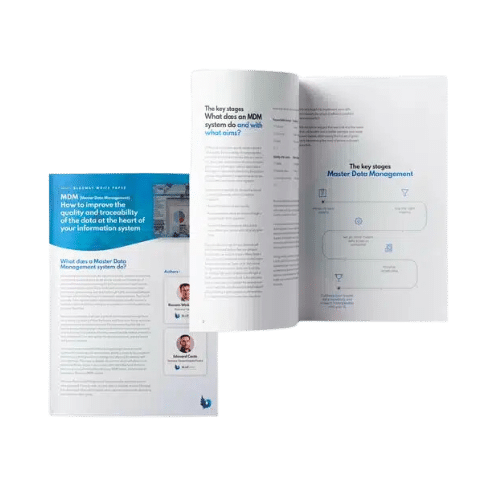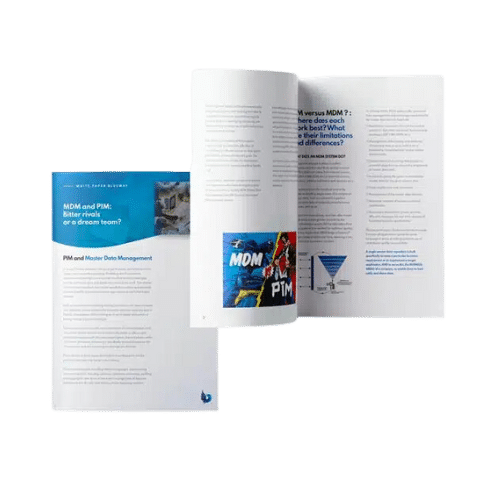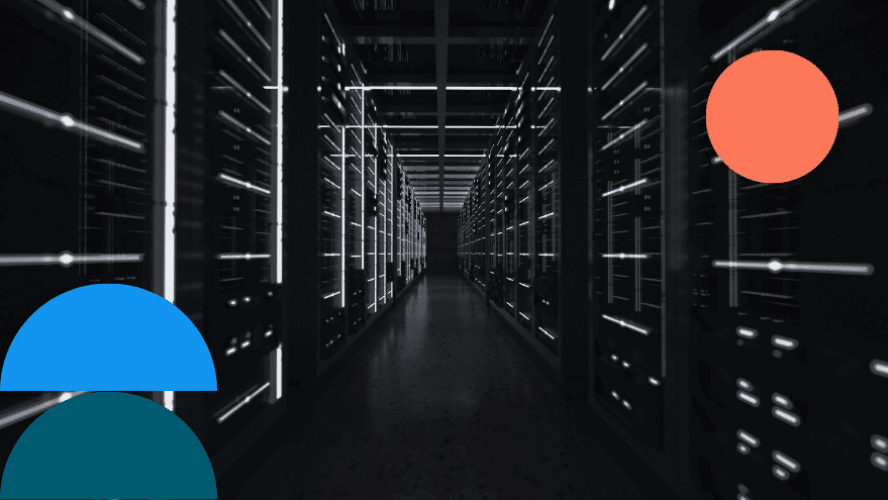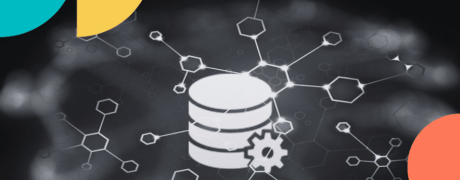Far from being a trivial matter for a business, implementing a single master data repository poses significant technical and organisational challenges.
The most common of these include:
- The difficulty in defining a single model for business data; models by nature depend on each department’s use of the data in question
- The time needed to map data properly and define the central model, with its attributes and structure
- The supervision MDM requires, through appropriate data governance, which also takes time and effort
- The significant impact of MDM on the internal organisation, which will have to review its use of data.
As organisations vary so widely, MDM (Master Data Management) too takes different forms and a number of models exist. These make it possible to meet regulatory requirements, or provide substantial autonomy for local sites, or conversely they can serve to centralise business-critical data, depending on their architecture.
The changes connected to MDM integration can thus occur in keeping with how teams work, and with the technical and regulatory constraints specific to various industries.

Master Data Management : data quality and traceability at the heart of your information system
The core of any MDM architecture is the data hub, which aggregates data and makes it easier to query the single master data repository. There are four main MDM hub models:
The registry data hub
This relatively simple model to implement allows data to remain the property of source systems. The hub takes charge of removing duplicates and data cleansing, and these changes will then be cross-referenced within the hub to define a single version of the truth. Constant cross-referencing of sources makes it possible to obtain clean data, indexed using unique keys. Such data is not sent back to its source systems, and is available in read-only mode.
The advantages of the registry model
- A single model is easily established from multiple source systems
- It eliminates any risk of data deletion from source systems which itself prevents any compliance or regulatory issues
- It is a non-intrusive model that is quick to implement
The disadvantages of the registry model
- It does not result in one set of consolidated data
- It is a fairly inefficient model where large data volumes are concerned
The consolidation data hub
With this MDM hub model, data is copied from source systems then consolidated into a golden record in the hub. It can then be redistributed to applications, or consumed directly by functional units.
The golden record means trustworthy master data can be used, which makes reporting tasks much easier. Unlike the registry model, the consolidation model sends data back to source systems to enrich and update the data those systems have available. Applications and processes are consequently open to continuous improvement in their data.
The advantages of the consolidation model
- There is true consolidation of data within the hub, enabling a comprehensive master data repository to be built
- The solution is both economic and reliable for all forms of reporting and analysis
- It is less dependent on source systems than the registry model, as data is centralised within the hub
The disadvantages of the consolidation model
- The sometimes lengthy periods between consolidations can mean data stored in the hub is obsolete
The coexistence data hub
A direct development from the previous model, the coexistence model also enables a golden record to be built by consolidation, then the cleansed data to be redistributed to applications, where it is then integrated.
While the sources systems keep control over their data, the constant updating generally forces functional departments to change their methods. Often used as a transition architecture when shifting from a registry MDM hub to a centralised model, this type of data hub institutes more unique data across the entire installed base of applications.
The advantages of the coexistence model
- This architecture ensures more trustworthy and unique data exists both in the hub and in source systems
- It gives faster access to data, improving process performance and simplifying reporting: when accurately defined, attributes are immediately available in reports
The disadvantages of the coexistence model
- It is a more intrusive model than the previous approaches
- Integration comes with more technical and financial constraints, as data models need to be well-designed and their structure crystal-clear before MDM can use them

MDM versus PIM: bitter rivals or a dream team ?
The transactional or centralised data hub
This model meanwhile places master data under the authority of the MDM hub. The hub then becomes the data supplier and its single benchmark for all source systems. Able to permanently enrich, de-duplicate and cross-reference data, it builds up-to-date data and then dispatches it to systems.
The advantages of the centralised model
- Truly unique master data that can be trusted at all times
- It ensures the security and compliance of data processing
- Systems and processes benefit from direct data enrichment
The disadvantages of the centralised model
- The approach is highly intrusive for processes in place, which need to be redesigned as a consequence
- Integration is more complicated, more costly, and takes longer
Blueway’s MDM expertise
In response to the complexity around selecting an appropriate data hub, Blueway offers a set of dovetailing solutions to facilitate transformation of your architecture and support your data strategy based on your individual circumstances. A combination of effective data traffic management using an application bus (ESB), intelligent process modelling (BPM), and an MDM that unifies data provides a comprehensive and coherent solution to business requirements.
Blueway’s expertise and our all-encompassing approach to all aspects of data means you can model, implement and then supervise your data traffic, processes and master data, free of any technical limitations.

Want to discuss your data management challenges with an expert?





